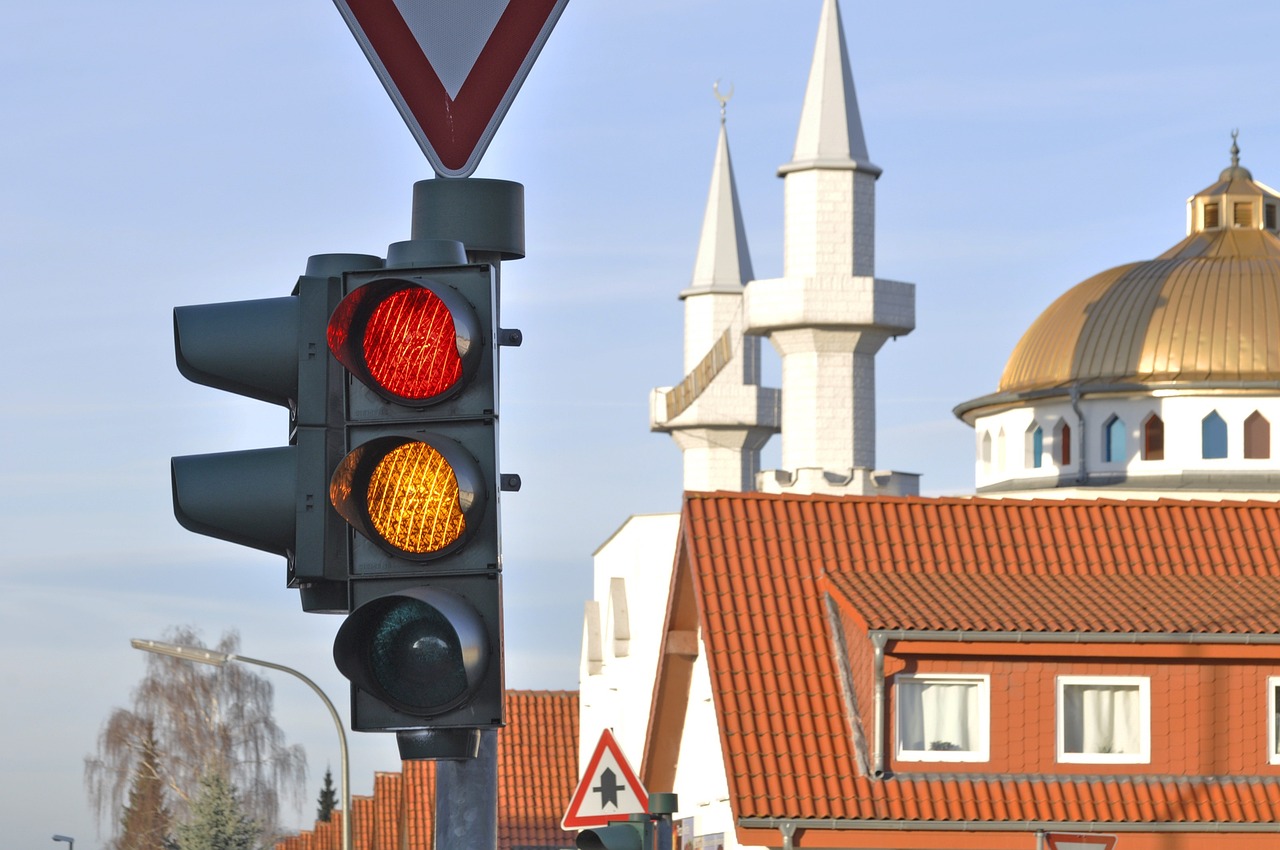Traffic lights are an ever-present feature of modern road systems, playing a vital role in regulating traffic flow and ensuring road safety. Understanding the laws governing traffic lights is essential for all road users, whether you’re a seasoned driver, a cyclist, or a pedestrian. In the UK, traffic light laws are clear and well-established, designed to promote orderly and safe movement on the roads. In this guide, we’ll delve into the UK traffic light laws to help you navigate them confidently and responsibly.
What They Mean

Traffic lights in the UK follow a standard color scheme: red, amber, and green. Each color conveys a specific instruction to road users:
Red Light: A red light indicates “stop.” When faced with a red light, all road users must come to a complete stop behind the stop line or, if there is no stop line, before entering the intersection. It is illegal to proceed past a red light.
Amber Light: An amber light serves as a warning that the signal is about to change. It means “stop,” but, if it’s not safe to stop, you may proceed cautiously through the intersection. However, you must not enter the intersection if you could have stopped safely.
Green Light: A green light signifies “go.” Road users may proceed through the intersection, but they must yield to pedestrians who are still crossing the road. It’s important to be vigilant and watch for any vehicles running a red light from the perpendicular direction.
Conclusion
Navigating UK traffic light laws is essential for all road users to ensure smooth traffic flow and enhance road safety. By understanding the meanings of different traffic light signals and adhering to the rules, we can contribute to a safer and more orderly road environment for everyone. Remember, always obey traffic lights, stay alert, and prioritize safety whenever you’re on the road.
